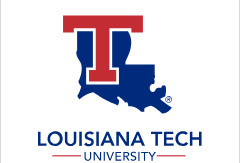Date of Award
Winter 3-1-2025
Document Type
Thesis
Degree Name
Master of Science (MS)
Department
Biology
First Advisor
Julia Earl
Abstract
Despite their abundance on the landscape, ponds and associated macroinvertebrate assemblages have largely been underrepresented in scientific studies, which usually focus on lakes or streams. Similar to other waterbodies, ponds can harbor high levels of invertebrate biodiversity, which is important as aquatic insects are experiencing declines due to habitat destruction, pollution, climate change, and invasive species introductions. To evaluate how these threats impact pond insects and the ecosystem services they may provide, a thorough understanding of their ecology is essential. However, significant knowledge gaps remain, especially regarding trophic levels and species-specific diets. To address these knowledge gaps, I used carbon and nitrogen stable isotopes to estimate the trophic level and diet of common pond macroinvertebrates. I predicted that most of the taxa would be predators and that the backswimmer (Notonecta irrorata) would be the top predator. Results from three ponds estimated that most species ranged from trophic level 2-2.6 (primary consumer to omnivore), while one species of predaceous diving beetle (Thermonectus basillaris basillaris) had the highest trophic position at 4.03 (tertiary predator), surpassing the predicted top predator, the backswimmer (Notonecta irrorata), at 2.61. The diet of the analyzed taxa did not meet predictions and was widely varied. These results provide novel estimates of trophic level and diet for macroinvertebrates at the species level and contribute to our understanding of trophic dynamics in ponds.
Recommended Citation
Medlock, Shelby Ann, "" (2025). Thesis. 132.
https://digitalcommons.latech.edu/theses/132
Included in
Ecology and Evolutionary Biology Commons, Entomology Commons, Fresh Water Studies Commons

